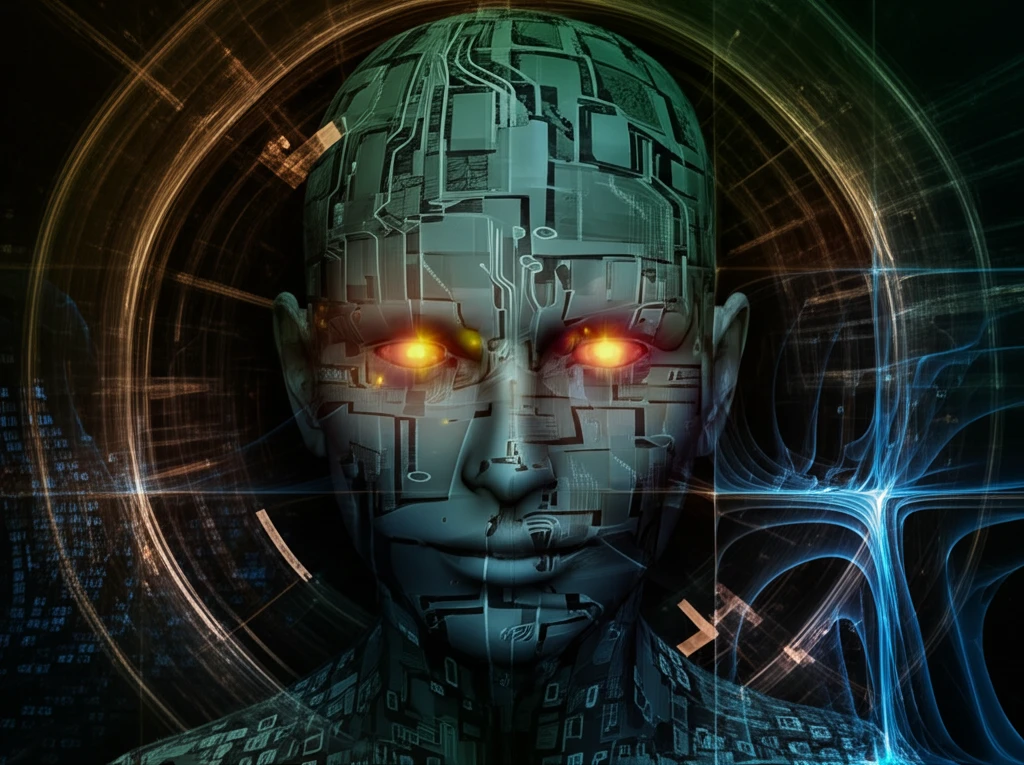
Unlocking Faces: How AI is Revolutionizing Facial Recognition
"Discover the cutting-edge techniques in facial recognition technology and how they're shaping security, personalization, and more."
Facial recognition technology has rapidly evolved from a futuristic concept to an everyday reality. Fueled by advancements in artificial intelligence and machine learning, this technology is now integral to various aspects of our lives, from unlocking our smartphones to enhancing security measures. The ability of computers to identify and verify individuals from digital images or videos has opened up a world of possibilities.
At its core, facial recognition is a sophisticated process that involves capturing, analyzing, and comparing facial features to identify a person. Early methods relied on basic algorithms and manual feature extraction, but modern systems employ complex neural networks and deep learning techniques to achieve unparalleled accuracy. These advancements have not only improved the reliability of facial recognition but also expanded its potential applications.
This article explores the latest breakthroughs in facial recognition technology, focusing on how different local features and distance techniques are used to enhance performance. We'll delve into the methodologies proposed by researchers, examine their experimental results, and discuss the broader implications of these innovations. As facial recognition becomes increasingly prevalent, understanding its underlying principles and potential impacts is crucial for navigating the future.
Decoding the Science: How Facial Recognition Works

The key to effective facial recognition lies in its ability to extract and analyze unique facial features. Traditional methods often involve identifying key landmarks, such as the distance between the eyes, the width of the nose, and the shape of the mouth. These features are then used to create a unique 'facial signature' that can be compared against a database of known faces.
- Feature Extraction: This stage involves identifying and extracting relevant facial features from an image.
- Feature Vector Creation: The extracted features are converted into a numerical vector, which represents the unique characteristics of the face.
- Database Comparison: The feature vector is compared against a database of known faces to find the closest match.
- Verification/Identification: Based on the comparison, the system either verifies the identity of the person or identifies the person from the database.
The Future of Facial Recognition: Navigating the Opportunities and Challenges
Facial recognition technology holds immense potential to transform various industries and improve our daily lives. However, it also raises important ethical and privacy concerns that must be addressed. As we move forward, it's crucial to develop robust regulatory frameworks and guidelines to ensure that facial recognition is used responsibly and ethically. By embracing innovation while safeguarding individual rights, we can unlock the full potential of this technology for the benefit of society.
